Ertach Kernow - Blisland a historic and pretty parish
Visiting Blisland village seems an age ago as I look back to an enjoyable afternoon spent there at the centre of the parish of that name. Some five miles north-east of Bodmin, Blisland is a rural parish with a population of about 700 people, although the main village by that name is growing into a substantial village by Cornish standards. Here we look at this historic parish, not including the parish of Temple which was incorporated into the parish of Blisland in 1934 and has its own church at Temple.
Within the parish lie two important prehistoric sites, the Trippet stones circle and close by The Stripple stone circle, both of which are scheduled monuments. These are a reminder when constructed some 4,000 years ago, during the Neolithic Stone Age, Bodmin Moor was quite densely occupied and farmed. There are a number of prehistoric settlement sites within this parish. A change in the climate led to the abandonment of these relatively highland places leaving behind evidence of habitation and farming. As with many of Cornwall’s ancient sites there has been damage inflicted over the years and much has been lost. We should recognise the efforts of earlier antiquarians in recorded what they had observed and the changes since those times. The Trippet Stone Circle to the east of Blisland village was first recorded by J T Blight in 1858 and has undergone much subsequent surveying and preservation. It now consists of eight leaning upright stones and four fallen of which one has been partially removed. To the centre of the circle lies a small historically recent boundary marker. There are shallow indents indicating where previous stones had existed prior to the early 19th century. Taking the existing stones and pits into consideration the circle was symmetrical and layout of the stones regular, with originally 27 stones. There has been recent stabilisation of some stones to prevent them falling. Those visiting this site if interested in Cornish Stone Hedges might consider taking a look at those surrounding the field, which maybe of possible historic interest.
Lakes Parochial History of Cornwall tells of a logan stone which has been attributed to the Jubilee Rock, near Blisland considered to be the oldest stone on Bodmin Moor and is 10 feet high and 25 feet across. ‘On Pendriffe common stands a large rock which formerly supported a logan stone. There is an engraving of it in Norden, who says it was so equally balanced, that the winds could move it to and fro. The logan stone has long since been destroyed. The rock was ornamented in the following manner by Lieut. John Rogers whilst residing here on sick leave. On the front of the rock is Britannia, as represented on pence, a beehive, a ship, a plough, and the Cornish Arms, surmounted by the Princes's Plume. On the top are the royal arms, sundry masonic emblems, and the date 1810. On the sides are the arms of Molesworth and Boscawen. The whole was restored and amended in 1859, at the joint expense of Lady Molesworth and Lord Falmouth, the owners of the common on which it stands. It is known in the locality as the Jubilee Rock.’ There is some doubt whether this base is for the logan stone mentioned by John Norden as there is significant differences regarding dimensions. Needless to say, the original logan stone wherever it was is sadly long gone, we are fortunate to have had it recorded.
The Grade I listed St Protus and St Hyacinth Church lies at the centre of the village and is considered by many writers including, Maclean, Stedding, Cox and Henderson to be of great interest. Through the remaining Norman architecture, it can be shown that the church was originally of a cruciform design, but later 15th and 16th century alterations changed this. Writing in 1867 Sir John Maclean wrote about the Lavethan Chapel erected in the 17th century noting the once richly coloured rood screen, the lower part only remains. Shortly after this was written what was left of this screen was deliberately destroyed by Jonathan Parkyn, Curate in charge. However, the restoration work carried out in 1894 by F C Eden with work by Sir John Ninian Comper saw restoration of a rood screen. The ceiling of the church is quite special along with the fonts, tower and bells. There is a huge amount of history relating to this village church and for those interested in churches it is well worth a visit. Don’t just take my word for it, Sir John Betjeman had something to say about St Protus and St Hyacinth; ‘As a restoration and even improvement on a medieval church, this holy and peaceful place on the edge of Bodmin Moor can hardly be bettered in the kingdom.’
Cornwall has a multitude of holy wells and Blisland is blessed with three, Tregenna Chapel, Fairies' and that of St Protus also known locally as St Pratt. The wheel cross close to St Protus Well once stood above the well then a shallow unwalled stream. Following desecration, through tearing down the bank by a Wesleyan preacher around 1840, water now flows through a shute further down the lane. The water from the well at Tregenna Chapel flows from beneath the ruins of a Methodist Chapel and is reputedly good for weak eyes. Hitchins and Drew’s History of Cornwall first mentions this in 1824 when they state; ‘About a mile from the church, in a field called Chapel Park was an ancient chapel mouldering to decay; on the site of which the Methodists have recently erected a meeting house; They also have another in the church town.’ This new meetinghouse was in ruins by 1891. The Fairies Well was mentioned by the Quiller-Couch sisters in 1891 and is a spring in a small enclosure down a track. This is marked on early Ordnance Survey maps and the layout of small fields suggests this may have been an unrecorded historic settlement.
I’ve not mentioned that there are a large number of historic crosses dotted across the parish, far too numerous to mention here, we will be covering a number of stone crosses across Cornwall in a series of forthcoming articles.
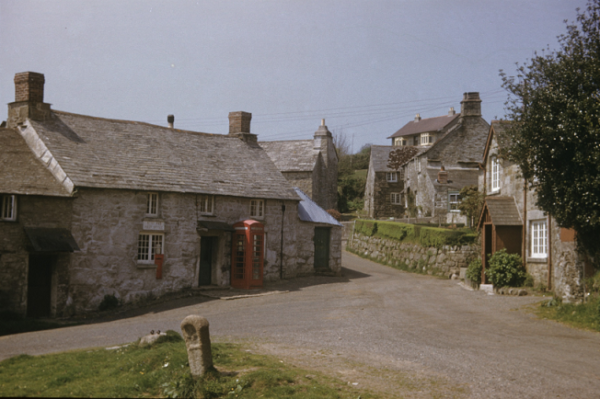
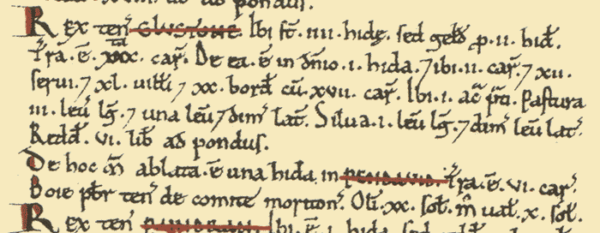
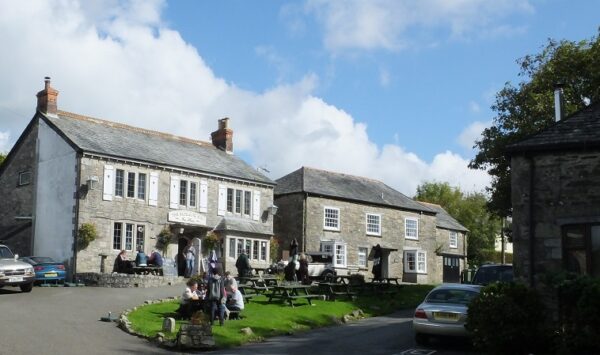
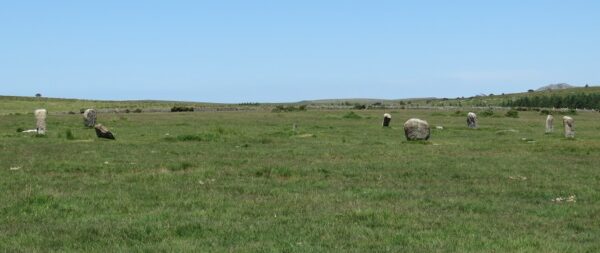
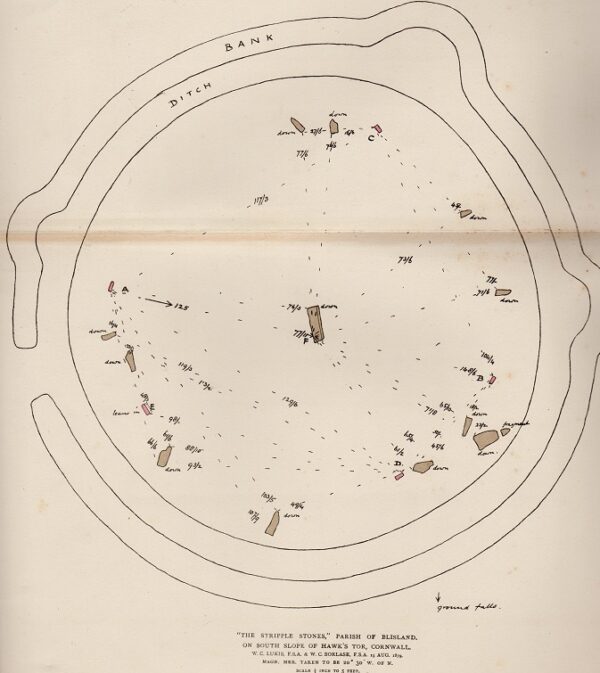
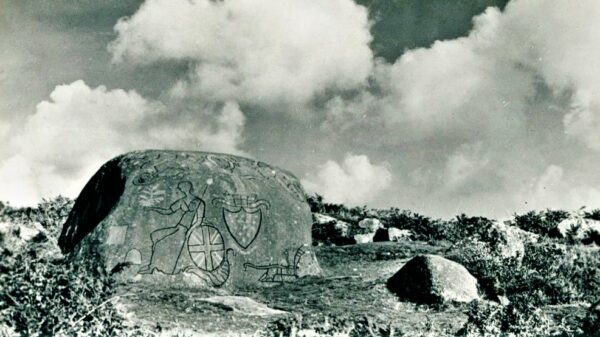
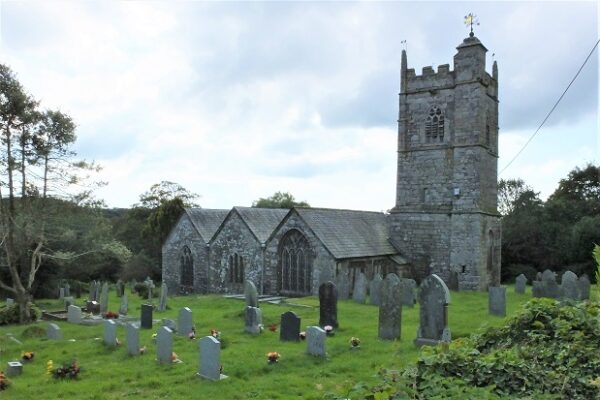
![St Protus and St Hyacinth Church Interior [1] St Protus and St Hyacinth Church Interior](https://www.cornwallheritage.com/wp-content/uploads/2022/07/St-Protus-and-St-Hyacinth-Church-Interior-1-225x300.jpg)
![St Protus and St Hyacinth Church Interior [2] St Protus and St Hyacinth Church Interior](https://www.cornwallheritage.com/wp-content/uploads/2022/07/St-Protus-and-St-Hyacinth-Church-Interior-2-300x225.jpg)
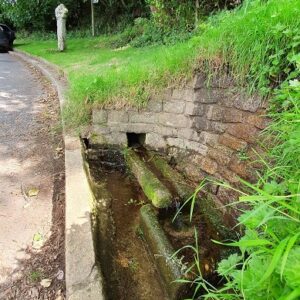
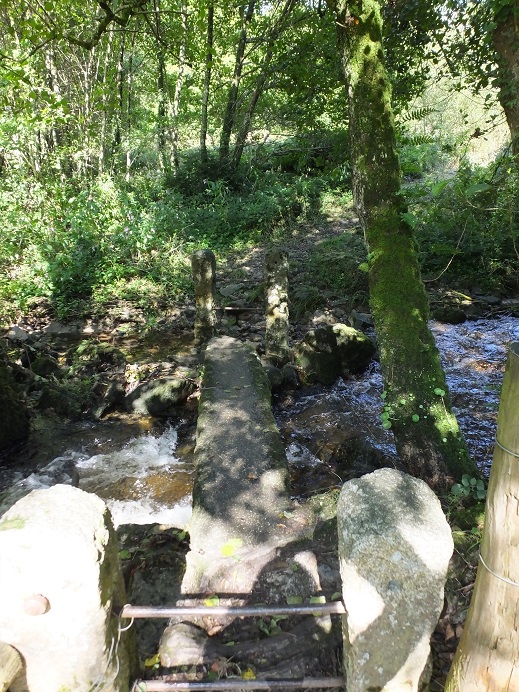
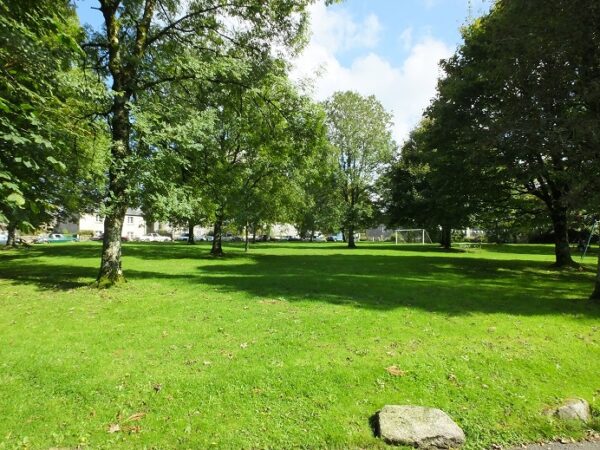
![[109] Voice - Ertach Kernow- 270722A Historic Blisland Parish [S] Ertach Kernow - Historic Blisland Parish](https://www.cornwallheritage.com/wp-content/uploads/2022/07/109-Voice-Ertach-Kernow-270722A-Historic-Blisland-Parish-S-241x300.jpg)
![[109] Voice - Ertach Kernow- 270722B Historic Blisland Parish [S] Ertach Kernow - Historic Blisland Parish](https://www.cornwallheritage.com/wp-content/uploads/2022/07/109-Voice-Ertach-Kernow-270722B-Historic-Blisland-Parish-S-240x300.jpg)
![[109] Ertach Kernow Heritage Column - 27th July 2022 - Archaeology uncovered Ertach Kernow Heritage Column - 27th July 2022 - Archaeology uncovered](https://www.cornwallheritage.com/wp-content/uploads/2022/07/109-Ertach-Kernow-Heritage-Column-27th-July-2022-Archaeology-uncovered-298x300.png)